Economy contracts by 5.3% in first quarter

SHARE THIS PAGE!
Lesotho’s economy suffered a significant setback in the first quarter of this year, contracting by 5.3 percent, due to weak consumption, reduced government spending and poor performance in the transport and construction sectors.
Manufacturing and financial services, which were bolstered by textile exports and credit growth proved to be more resilient, but the overall economic momentum remains fragile.
The country’s current account surplus narrowed to 0.7 percent of gross domestic production (GDP), in the first quarter this year, reflecting weaker exports and rising service outflows. Despite resilient income inflows, the trend signals mounting pressure on external sustainability.
This was revealed by the Monetary Policy Committee (MPC) of the Central Bank of Lesotho (CBL) during its 113th meeting on Tuesday this week.
The committee assessed the recent developments in global, regional and domestic economies, as well as developments in financial markets, to guide its policy decisions.
According to the International Monetary Fund (IMF), global growth is forecast at 2.8 percent in 2025, downgraded due to rising trade tensions and protectionism dampening investment and confidence.
Speaking during the meeting, CBL governor, Dr Maluke Letete, noted that in April 2025, Lesotho saw a dip in inflation, easing to 4.0 per cent from 4.2 per cent the previous month.
The relief came as global oil prices softened and the loti gained strength against the US dollar, driving down fuel costs. Food prices held steady, offering some stability for households.
Looking ahead, inflation is likely to remain contained, though storm clouds linger on the horizon — rising global trade tensions and policy uncertainty could yet stir price pressures, he said.
Letete stated that from a fiscal policy lens, Lesotho maintained a disciplined and supportive stance in Q1 2025, posting a 12.9 percent budget surplus despite softer VAT collections due to compliance challenges.
He indicated that global economic performance was mixed in the first quarter of 2025. While major economies grew, momentum was uneven, the United States and the United Kingdom lost some momentum, weighed down by weaker consumer and government spending, respectively.
In contrast, he noted, the euro area remained steady, buoyed by domestic demand, while Japan was lifted by strong exports. China benefited from targeted stimulus, while India’s growth was driven by manufacturing and construction.
“South Africa’s growth is expected to remain subdued due to weak domestic demand and global trade uncertainty. Labour markets remained broadly stable in selected economies in April 2025.
“This dimmer outlook reflects mounting trade barriers, particularly tariffs, which are beginning to choke investment flows and business confidence. The risks are many: shaky financial markets, unclear policy direction, slower productivity, and growing geopolitical stress,” Letete indicated.
According to Letete, recent inflation outcomes across major economies showed divergent trends. Inflation remained steady in the euro area but rose in Japan and the UK due to higher food, energy, and household costs.
He added that China experienced deflation driven by weak domestic demand and trade tensions, while India saw easing inflation due to lower food prices. In South Africa, inflation edged up modestly due to food and transport costs.
In response to these, most central banks cut interest rates to support growth but maintained a cautious stance amid persistent inflationary risks and uncertainty from global trade tensions, particularly those linked to U.S. tariffs.
The government sustained countercyclical spending, prioritising infrastructure and social support to cushion the economy. Notably, public debt declined to 53.8 per cent of GDP, aided by bond redemptions and external repayments, underscoring a commitment to fiscal sustainability. This fiscal prudence also created room for private sector activity, as improved liquidity in the banking sector supported higher credit extension, Letete observed.
However, he said the level of reserves remains healthy at 5.3 months of import cover, reflecting strong Southern African Customs Union (SACU) receipts and prudent reserve management, which continue to anchor confidence in the country’s external position.
The CBL’s Net International Reserves (NIR) increased by approximately US$40.30 million to US$1069.21 million on 21 May 2025 from US$1028.90 million on 13 March 2025. SACU receipts mainly drove this. The NIR position is projected to improve in the near to medium term.
The global growth is expected to remain fragile given the trade barriers and elevated uncertainty. Similarly, the domestic growth remains subdued reflective of the adverse effect of trade tariffs on Lesotho’s exports and underperformance of major sectors.
In light of the above developments, the MPC decided to revise NIR target floor to US$830 from US$840 million to ensure sufficient reserves for sustaining the one-to-one peg between the loti and the rand.
The MPC also decided to reduce the CBL rate from 7.25 per cent to 7.00 per cent per annum consistent with prevailing domestic economic conditions and the broader regional monetary policy environment.
“The Central Bank of Lesotho reaffirms its commitment to maintaining the peg of the loti to the South African rand, which remains the cornerstone for achieving the price stability objective as enshrined in the Central Bank of Lesotho Act,” Letete added.
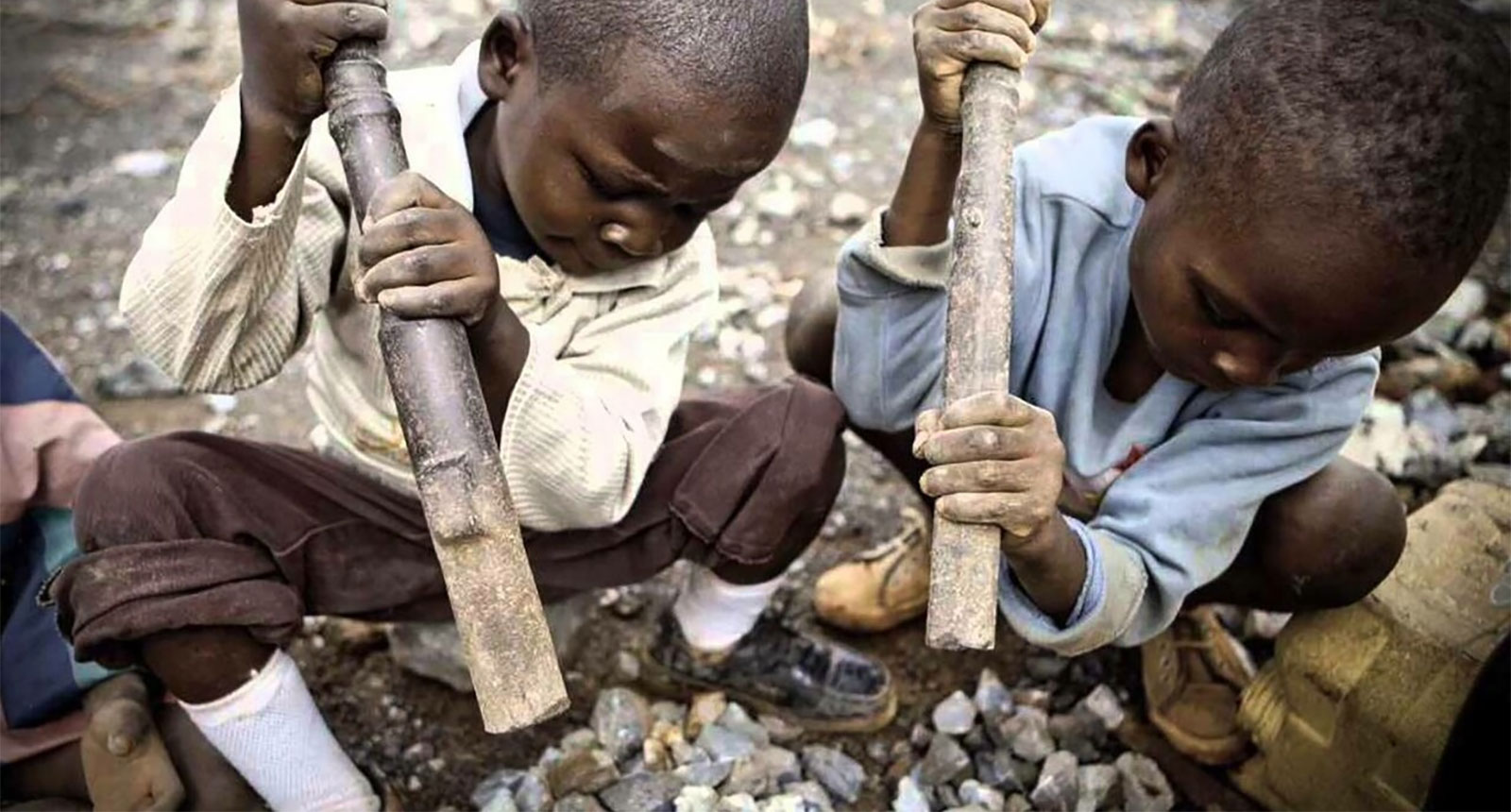
LCN calls for action to end child labour
7 days ago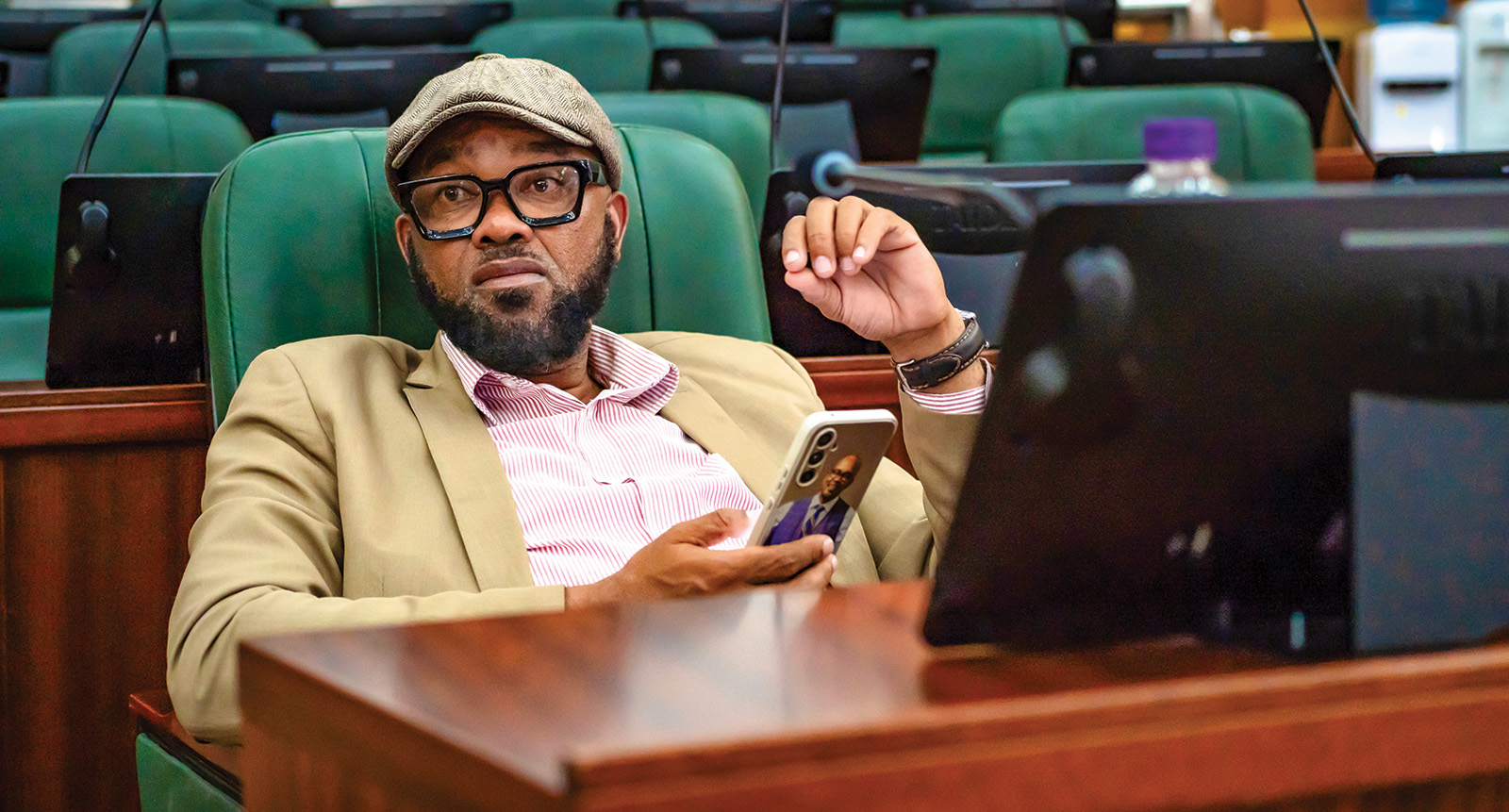
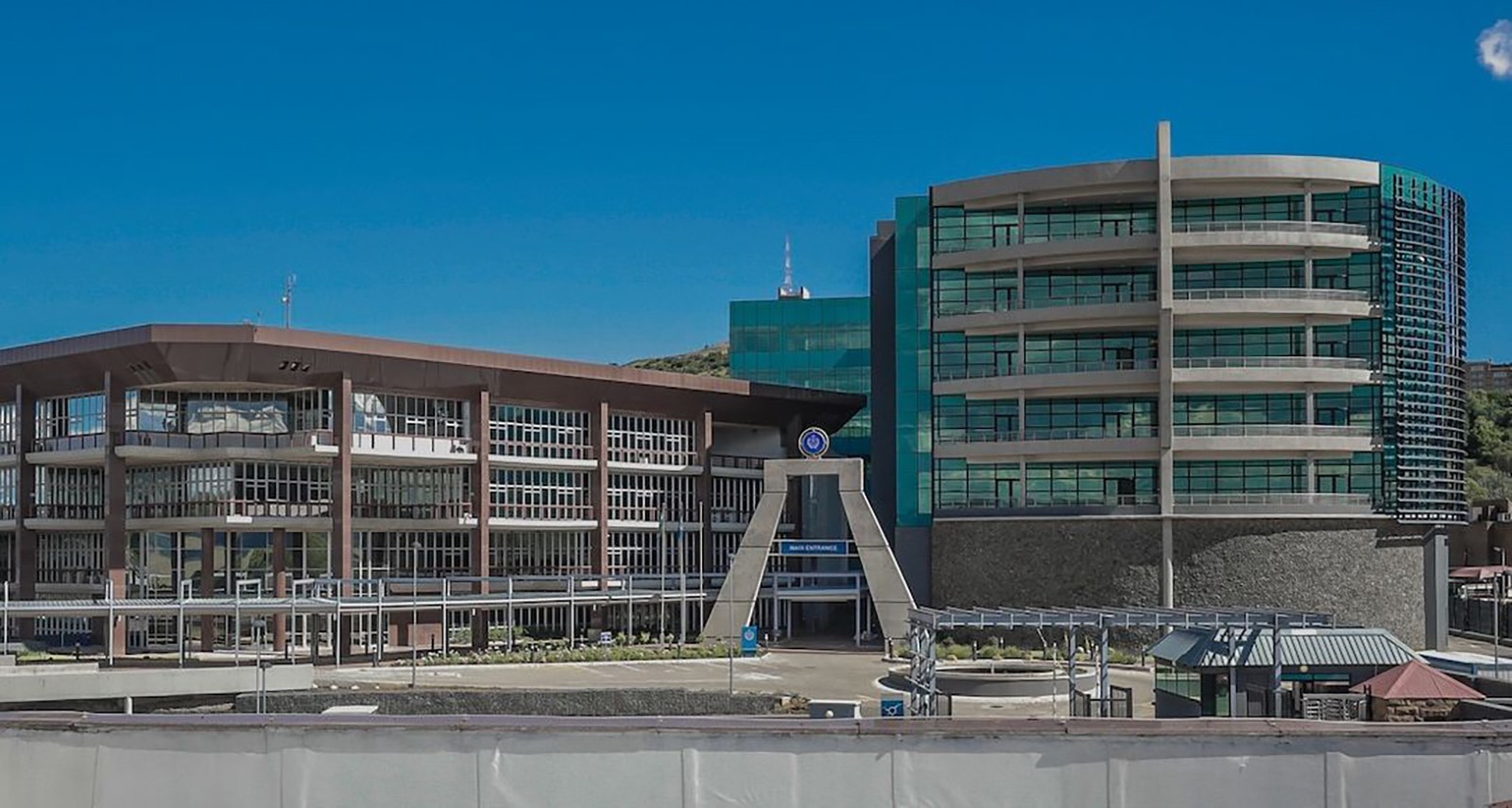
Economy contracts by 5.3% in first quarter
8 days ago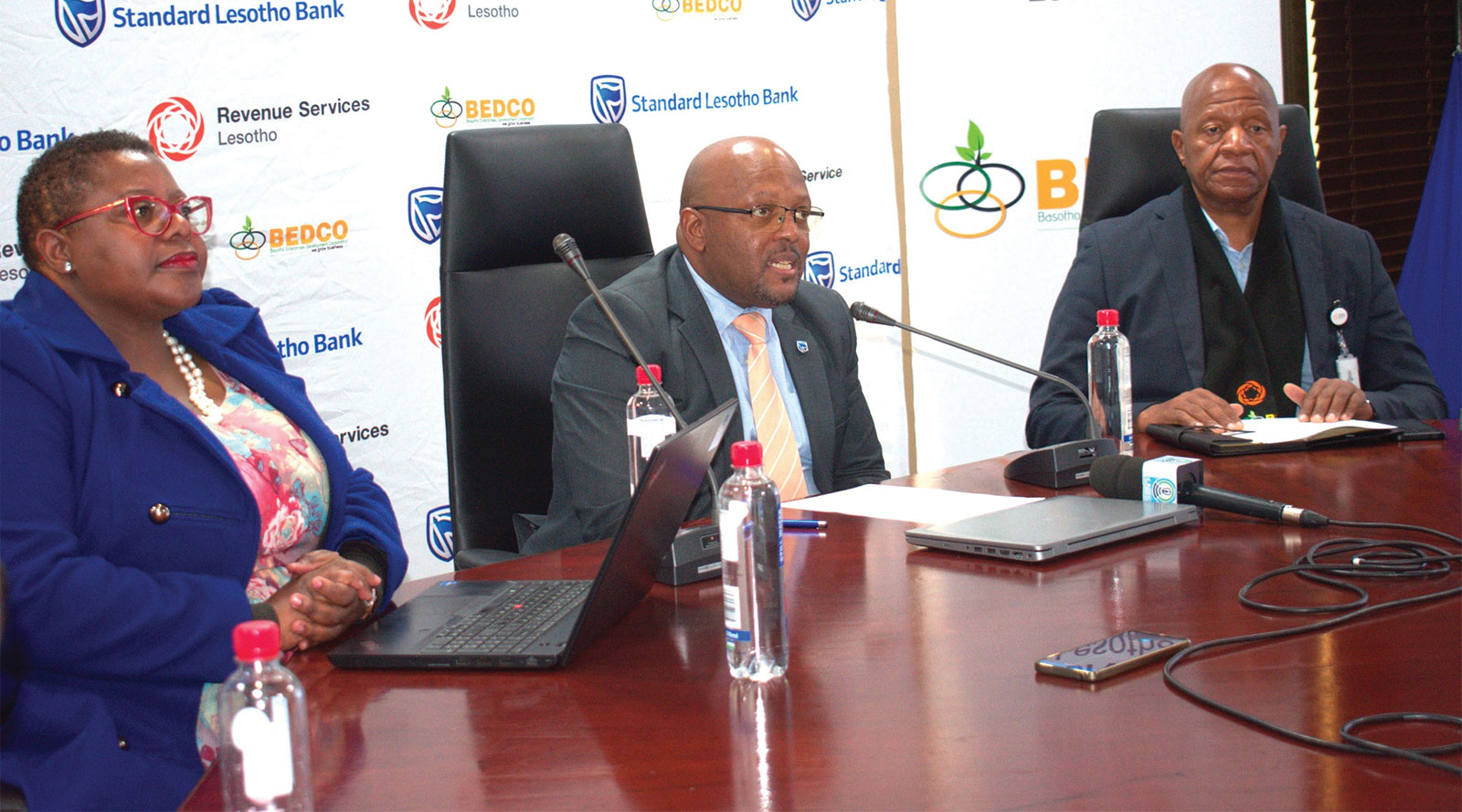
2025 Bacha Entrepreneurship Project launched
8 days ago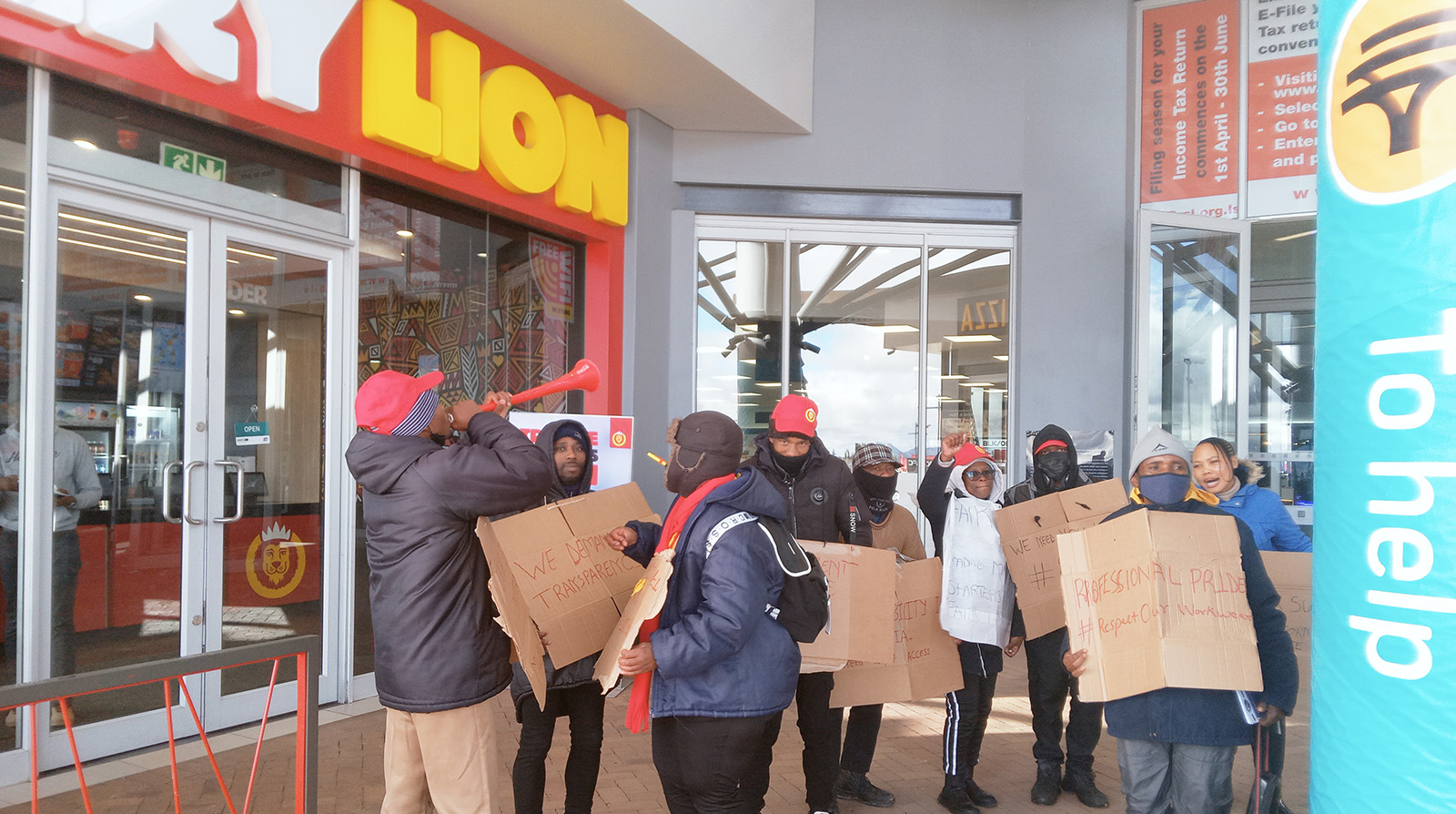
Hungry Lion workers down tools
9 days ago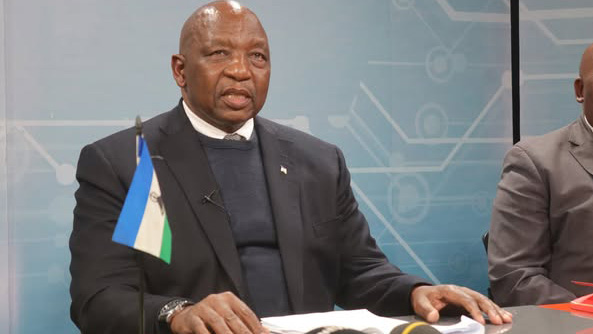
Govt to create 70k jobs for youth
9 days ago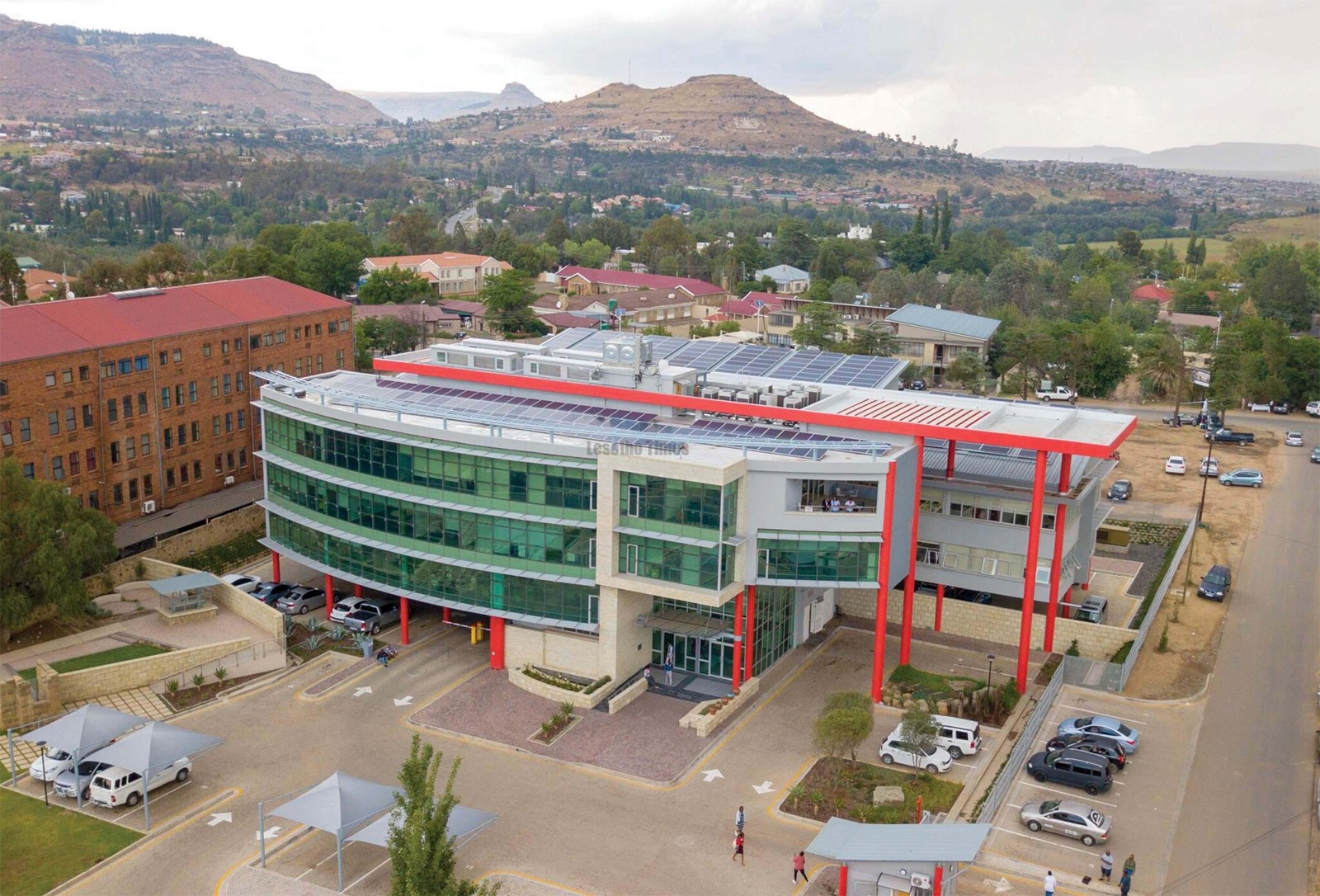
Vodacom scoops top awards
9 days ago
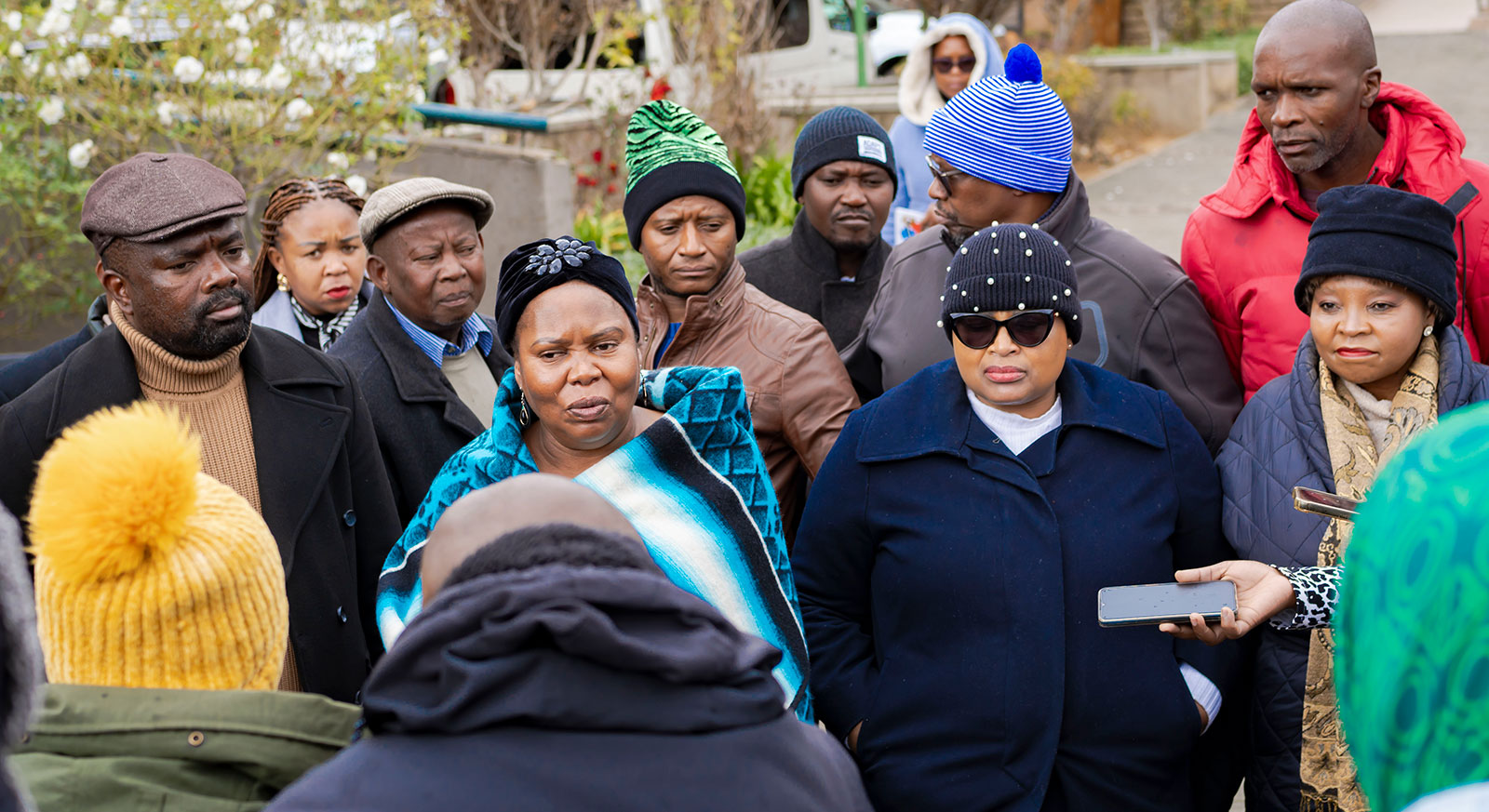
PAC rejoices as High Court dismisses LEC bid
10 days ago
Joy as Ntlholohetsane receives new classrooms
10 days ago